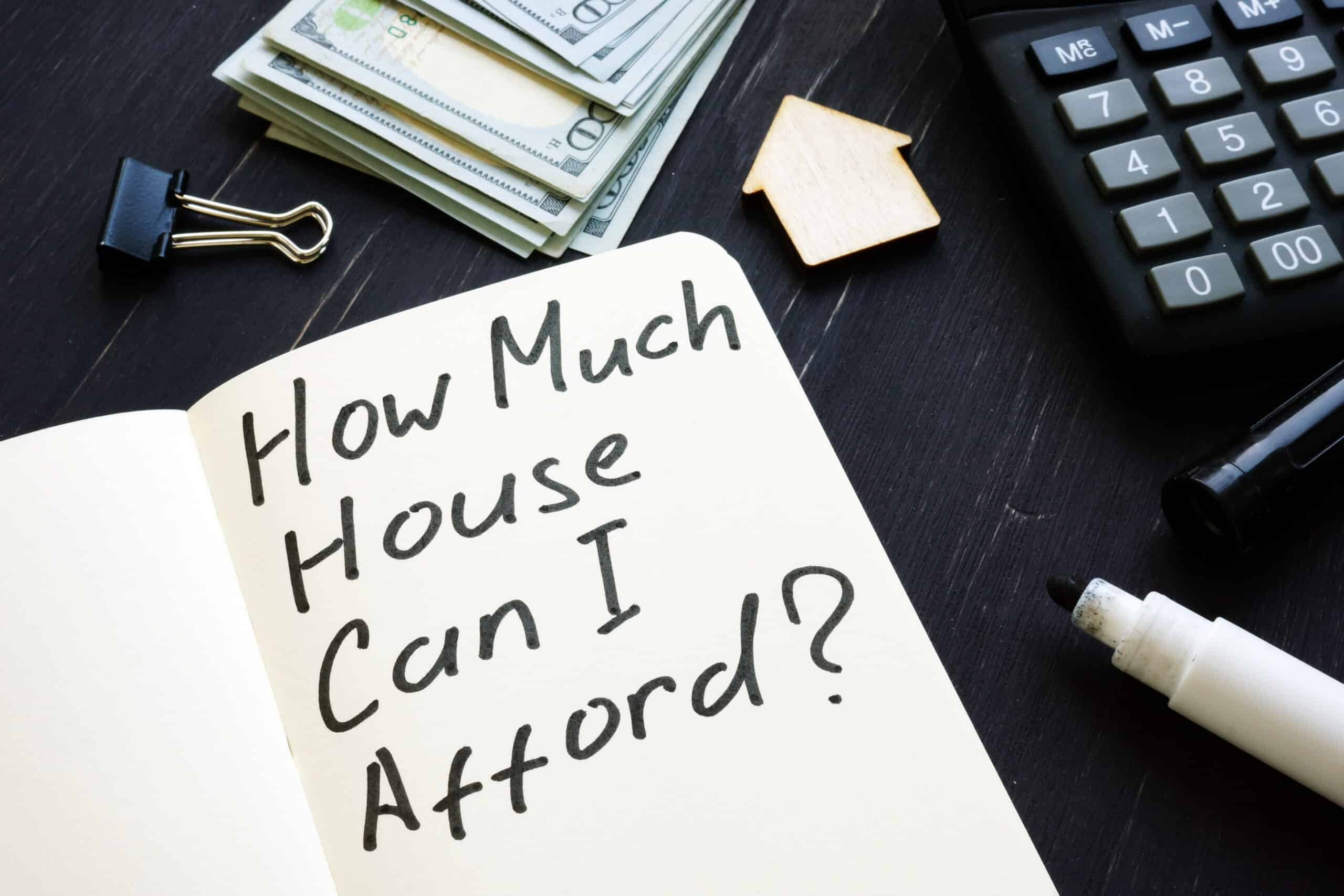Table of Content
Having said that, every lender has their own guidelines to decide how much money they can loan to you. However, the most critical determination a lender will make is which CLTV ratio it can offer. After figuring out the market value of your property, you can then subtract the amount that you still owe on your mortgage, as well as other debts secured by your house. Your home could be worth more or less today than when you purchased it. Because the housing market fluctuates the way it does, it is important to get a current estimate on the value of your home. While there are online home price estimator tools available to you, it may be a better idea to speak with a licensed appraiser or a local real estate agent to get a more accurate, up-to-date estimate.

A No lender will give you a £650,000 mortgage to buy a property whose value is £550,000. And while most mainstream lenders are prepared to lend money for building works they will not do so until the building project is complete and the property can be re-valued. A HELOC will let you err on the side of it costing more, because you can apply for a higher line of credit and not use it all. And at that point, you'll only have to repay the amount you actually borrowed from your HELOC. As is the case with home equity loans, though, you'll need to make sure you can repay your HELOC, otherwise you'll risk losing your home.
Additional borrowing on your mortgage
However, financing options that let you combine these costs into a single loan often come with a higher interest rate than a mortgage that only covers the cost of the property. Another common reason why people want to combine renovation costs with their mortgage is so that they’re only taking out a single loan and making one monthly payment. It combines your home improvement loan and your mortgage into one, which can be helpful if you buy a “fixer-upper” that needs a lot of work. Because it is government-backed, this loan is beneficial to those who are low income or have questionable credit . But this loan does have requirements for spending--the renovation must be over $5,000 and the money cannot be used for unapproved projects. The first thing to know about a personal loan is that it is not secured against your home, meaning your home will not be used as collateral.
A home improvement loan calculator can also help you gauge if you can afford to finance your project or if you need to cut costs before moving forward. If additional borrowing isn’t for you, there are alternative ways to access money quickly. Getting on top of your debt is an important step towards financial stability. Some customers borrow against their mortgage to quickly clear a credit card or consolidate other debts they might have. You might need to borrow money to finance home improvements and repairs, such as replacing a broken boiler or building a new conservatory.
How much can you add to your mortgage for renovations?
You pay it back monthly based on your interest rate and the amount you borrow. With a HELOC, instead of paying interest on the full loan amount, you only pay interest on the amount you withdraw. But the interest rate is variable and can change, so you won’t always know what your next payment will be. Just like with home equity loans, you must have 20% equity, a good credit score, and a stable income.

One way to fund home improvements is to borrow extra money on your mortgage to fund renovations. It’s a somewhat complicated way to borrow though, so in this article, we’ll explain what steps are involved and how you can decide whether it’s a good option for you. You can instantly increase your equity by making a big down payment when you purchase your property. If you can afford to, think about paying 20% versus 10% for your down payment.
Make home improvements to add value to your home
A home improvement loan may not be the best option for older borrowers because this will cause them to incur a debt in retirement that requires servicing. Think carefully about how long you will need to repay the loan if you are considering this method. Should you wish to stop these payments, you can do so at any time without penalty. Your home or property may be repossessed if you do not keep up repayments on your mortgage.
It cannot be helped, however, if the renovation loan is not enough to cover all of the expenses and costs. When this happens, then you may be left to wonder if you can borrow more money through your mortgage. Before you consider borrowing additional money, you first need to consider some details and factors. These can help you decide whether to get a remortgage or borrow additional money through your current mortgage. A home equity loan, HELOC, or cash-out refinance may be a better fit. The application process and time to funding are more drawn out, but you could be eligible for a tax deduction on any interest paid.
A home improvement loan is just another word for a personal loan that you use to fund home renovations. In the example above, you’d divide £80,000 by £100,000 and get 80%, which is a pretty good LTV. If you borrow more, you’ll increase your LTV, and you’ll be a less attractive borrower – most banks won’t approve a loan with an LTV above 90%. You’ll need to have built up a lot of equity in your home for a second charge mortgage to be possible.

They want to be certain that they’re going to get their money back. Borrowing money for home improvements that will increase the value of your home would be a worthwhile investment on their behalf. That said, you need to make sure that you’re considering your options carefully and go down the route that’s right for you. And this means understanding how the different options impact both your borrowing power and your monthly payments. Using your home as collateral, it allows you to withdraw up to a certain credit limit as needed.
Also, all plans from Equity Release Council-approved lenders have a no-negative equity guarantee, which means you will never owe more than the value of your property. As the amount you owe isn’t due for repayment until you die or enter permanent long-term care, the main concern is that releasing equity will reduce the value of your estate over time. If you’d prefer to have more options and increased borrowing power, consider using RenoFi to find the perfect home improvement loan solution. Their platform specializes in helping connect homeowners with credit unions that offer flexible loan solutions with competitive rates. Even better, you could borrow up to 90 percent of your home’s after-renovation value. You’ll also be assigned a dedicated RenoFi advisor to walk you through the application process from start to finish.

If you’re a homebuyer, this often means trying to avoid additional closing costs and fees. Borrowing money to cover home renovations can be a smart move, because the improvements you make could help you command a higher asking price for your home once the time comes to sell it. Just make sure to borrow smartly so you don't pay more interest than necessary.
With a home equity loan, the lender gives you a lump sum (even up to 100% of your equity in the home) which you pay off every month until the loan is paid. Because the home is collateral, you will get lower, fixed rates, but you can also face foreclosure and lose your home if you default on the loan. This is a second mortgage, so it does not replace your original mortgage like a cash-out refinance. Unlike a regular mortgage, you dont make any monthly repayments with a lifetime mortgage, and the interest builds up on your loan each year.

Instead any money lent is paid after the building work is complete and the property has been revalued. Using a personal loan is rarely accepted as a form of down payment, though. The problem doesnt come from the lender but from the mortgage companies.
If, however, you owe $150,000 on your first mortgage, you would have to subtract that from the total since the lender will not lend you money you have yet to earn. Since $150,000 subtracted from $240,000 is $90,000, that would be your maximum loan amount. Learn how the RenoFi ReFi cash-out refinance home renovation loan allows you access up to 80% of your home’s projected value after renovation. Find out more about mortgages and borrowing additional money with Norton Finance’s Know How money guide. Borrowing more on your mortgage means taking longer to pay back the full balance – including interest. On the other hand, applying for a personal loan is an overall cheaper solution because you won’t be paying it back on a long-term basis unlike your mortgage.

No comments:
Post a Comment